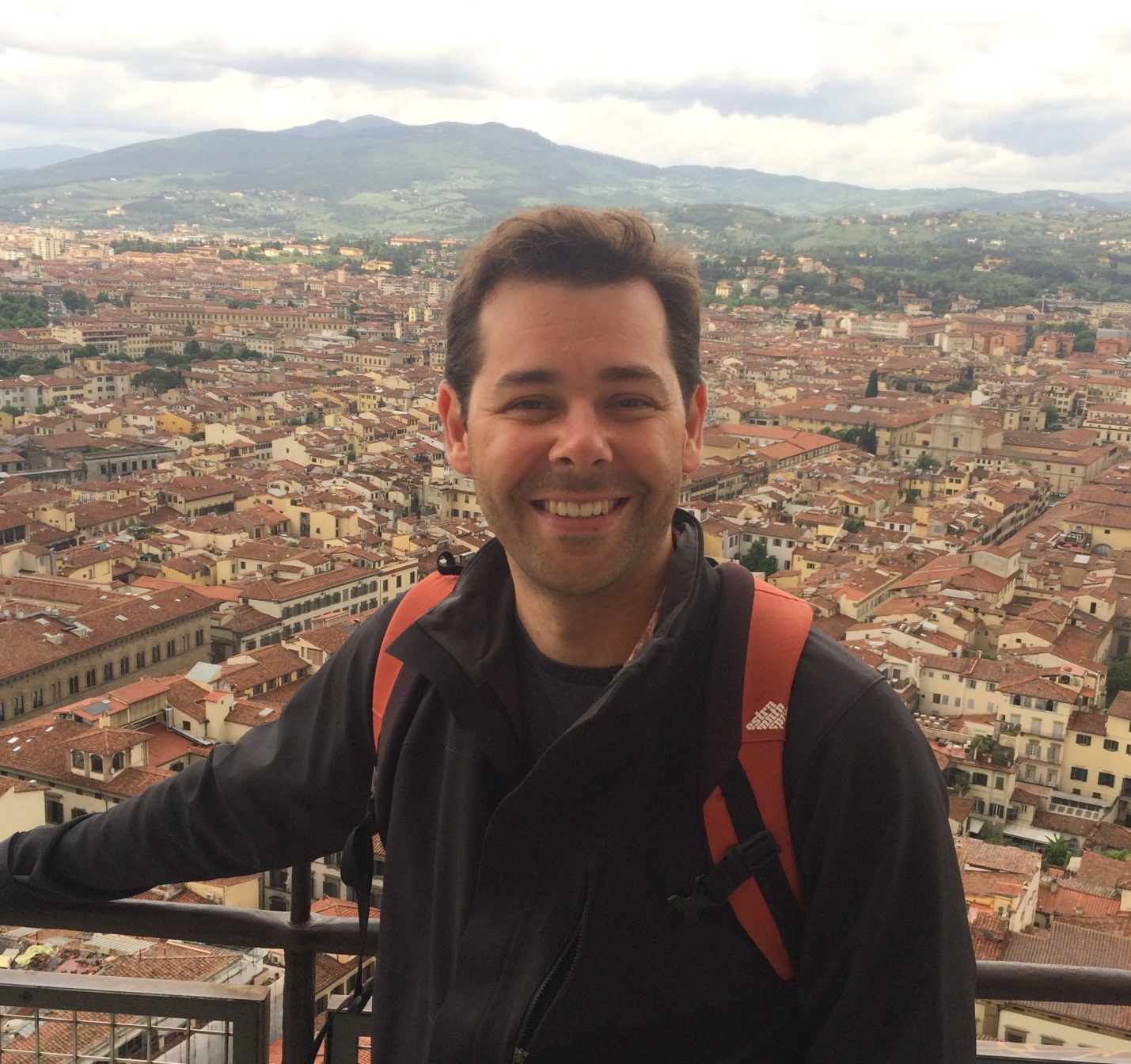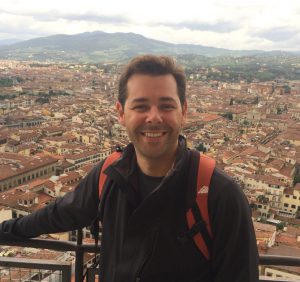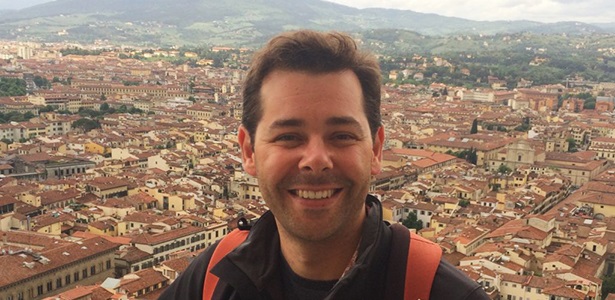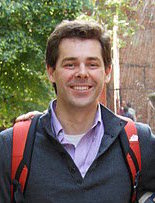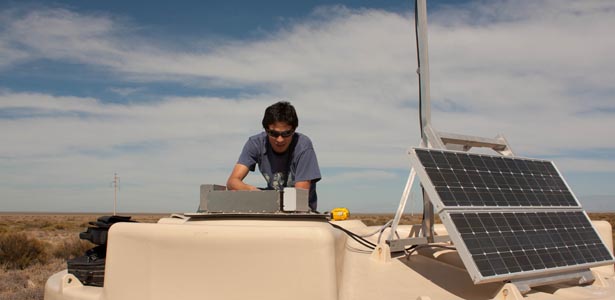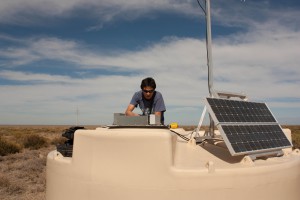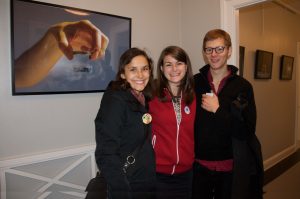
Janet Rafner, 2015-2016, Denmark (center) with fellow Fulbright U.S. Student Natalie Hoidal (left) and Truman Fellow Jordan Went (right) attending Janet Rafner’s ‘Call Me Quantum’ Exhibition featured during Copenhagen’s Culture Night at the Niels Bohr Institute. Traversing through the exhibit, one experiences a range of phenomena such as the atomic orbitals, tunnel effect, wave particle duality and superconductivity from orthogonal perspectives. Layers of design, graphics, and illustrations unveil the scientific process, revealing the compelling and elegant physics that inspired the work. This exhibit displays contents created by the Physics Reimagined group at the University Paris Sud and The National Center for Scientific Research (CNRS) in France. Design in collaboration with the students from the design school ENSCI-Les Ateliers and Ecole Estienne. (Photo Credit: Professor Robert Feidenhans’l)
While on my Fulbright grant in Interdisciplinary Studies in Denmark, I have been so fortunate to interact with passionate, dedicated like-minded people and kindred spirits across many disciplines. From creative designers and game developers to physicists, computer programmers, cognitive scientists and public outreach experts, these individuals form a unique community dedicated to enhancing science and mathematics comprehension and research outcomes. As a rule, they are intensely curious, willing to take risks and experiment, and passionate about collaborating, even when the project is only tangentially related to their core research. The result is a continuous flow of inspirational energy and a sense that anything might be possible if the right group of people come together.
In this environment where progress often comes from discovering and following unconventional paths, having great mentors has also been crucial to my Fulbright work. The process has allowed me to excel while contributing to diverse scientific and outreach projects, tapping into my own motivations and talents, and building new collaboration skills. The projects have helped me better understand how to bring the concepts of complex physics into the vernacular as well as make them accessible to a wider range of researchers. Professors Rikke Schmidt Kjærgaard and Jacob Sherson, my sponsors and mentors at Aarhus University have made these projects possible – I couldn’t ask for a more supportive faculty. In coming years, I look forward to both being a mentor and having new mentors so I can continue to explore how technical tools and artistic creativity can be used to express complex concepts in science, and to share her findings internationally.
Continue Reading
